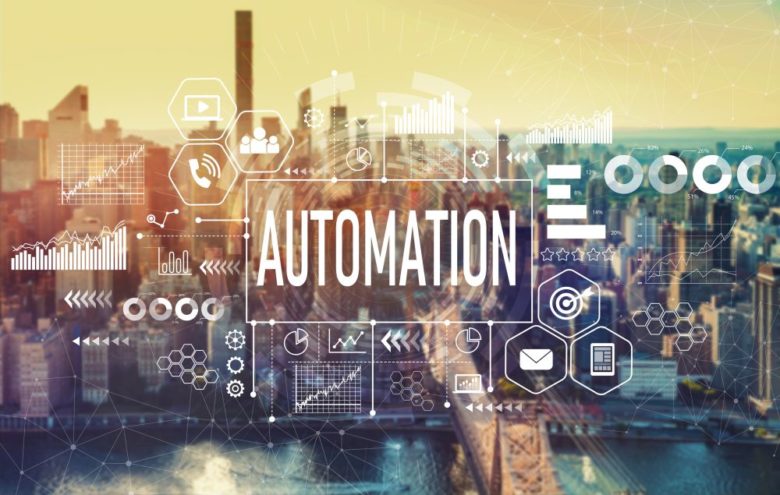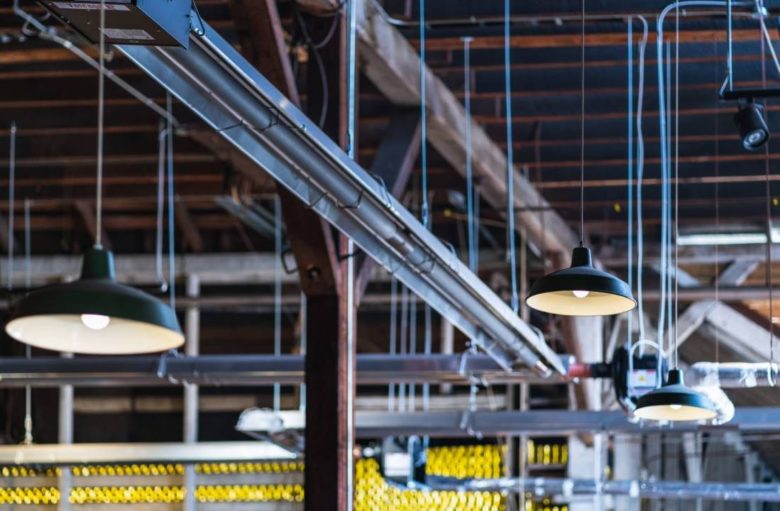We live in a technology-driven era, so, it is only natural that the decreasing hardware prices increased the use of smart building automation systems worldwide. Today, it is not a luxury to have this in your company and more and more small and medium businesses have opted for implementing these automation systems into their facilities.
However, what is the technology behind the systems? How do they work? What things can they offer? These are only some of the questions people have about building automation. The article below will help you understand what are these systems, how do they work, what do they offer, and how can businesses benefit from implementing it.
What Are Smart Building Automation Systems?

Img source: delkin.com
To put it simply, these systems allow people to remotely access, monitor, and adjust the operations in one facility, including the lighting, heating units, ventilation units, air conditioning, and the plumbing. Building automation systems or BAS for short, have sensors and controllers, as well as a network infrastructure that is implemented through the facility.
One of the best benefits of BAS is that it can be accessed by using one app directly from a tablet or smartphone. If needed, people can also choose a system that can manage the safety of the building. Let’s take a look at the tech behind automating a building that can be separated into three categories, the main systems, the network infrastructure, and the automation platform.
The Main Building Systems

Img source: sintel-srl.it
As the name implies, the main systems are the heart of any building. They include the most basic things and, of course, the safety and security of the facility. The main building systems include:
1. HVAC – people spend a lot of money on heating/cooling their business facilities – however, with a BAS you can gain the biggest benefit which is cutting expenses by optimizing the consumption and minimizing waste. These systems will be able to regulate the temperatures better by analyzing data, hence, cutting the costs.
2. Lighting – yet another thing BAS can help you with. It will manage the power usage by again, analyzing previous consumption. For example, there is a new piece of equipment that can reduce the number of costly electrical conduits that need to be added, hence, it will lower the expenses even more.
3. Plumbing – depending on where you are, the water bills can get extremely high and by making sure that your building uses it smartly, you can end up saving several thousand dollars annually. Smart sensors and valves can automate the usage while managing the quality and noticing problems that might occur.
4. Security – surveillance systems will make the process of implementing security measures easier. A smart security camera is simple to implement and it will detect suspicious movements inside and outside of the building, and it will also immediately alert the management of potential threats. If you want to see what systems you can opt for, check out Karrer.de.
5. Ethernet – although this is completely options and no longer required in buildings, some BAS manufacturers still like to implement it to their systems.
The Network Systems

Img source: baycollege.edu
If the main system is the heart of the structure, the network system is the brains. It is what allows better correspondence among employees, devices, and the network itself, hence, it is crucial that the network is stable, safe, and quick. The network systems include:
1. Wi-Fi – the Internet is what connects everything. And, as people use Wi-Fi more often, it is important that the facility has a good Internet infrastructure.
2. Bluetooth – the use of Bluetooth is also important when implementing a BAS since it only requires a low-power connection. So, businesses should use Bluetooth instead of Wi-Fi to, for instance, connect smart bulbs to the building.
So, What Are The Main Parts of These Systems?

Img source: idvelocity.com
First of all, you should know that it can be added when the structure is being constructed or after the construction is done. There are 5 main components that will make your building a smart one. These components include:
1. The Sensors – these will efficiently trace the heat, humidity, lighting consumption and levels, and other important things. They will send the information collected to the centralized controllers.
2. The Controller – this piece is what allows everything to work and it is what connects all the parts. It will collect all the information collected by the sensors, and then it will send it to the previously mentioned systems, alarms, and other important parts.
3. The Output Hardware – once the control processes and transmits the commands, the output components will complete the command. So, for instance, if the top floor of a company is not used, they will decrease the heat, switch off the lights, or, for example, it can switch on the AC before the employees come to the top floor.
4. The Communication Rules – as you might have guessed, BAS utilizes a particular language for communicating with other components. The ones that are most commonly used are BACnet and Modbus.
5. The Terminal Interface – the managers can access and communicate with the system by the terminal interface. It will display information, hence, the managers can easily see and manage the data gathered, and they can also choose the settings manually.
It is worth mentioning that adding a building automation system will save your company a lot of time, money, and labor. Especially when it comes to the bills you receive every month. Besides cutting costs and making things easier for you and your employees, a building automation system is also environmentally friendly, hence, your company might finally go green.
Conclusion

Img source: csoonline.com
From the water and light consumption to smart cameras that will keep your facility safe, automating your business can indeed, bring a wide range of benefits to small, medium, and large corporations. Hence, now that you know the benefits and advantages you can gain from these systems, do not waste any more time and start searching for an automation system that will not only cut your costs, but will make you building more environmentally friendly, smart, and efficient.




